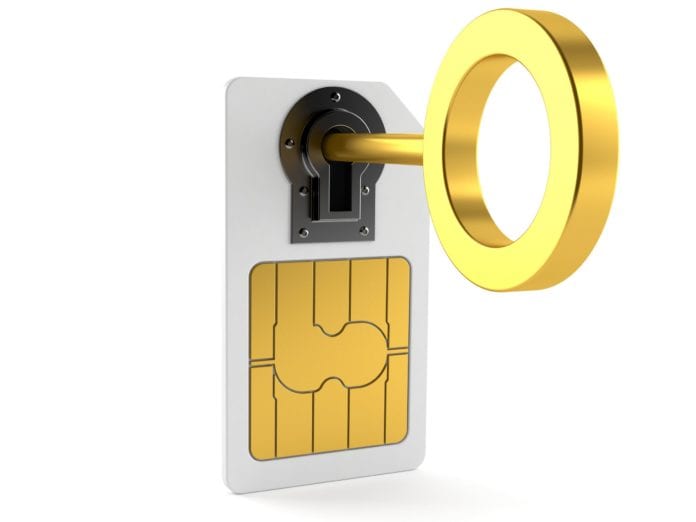eSIM enables two wireless plans on a single smartphone
With its inclusion in the recently launched Apple iPhone XS and XS Max models, eSIM—the “e” stands for “embedded”— is currently front and center. Designed to allow users to easily switch between wireless plans on one device, eSIM could be boon for consumers, particularly users who have personal and business mobile numbers, as well as for people who regularly travel internationally. Here we take a look at how eSIM works.
eSIM is a standard developed by GSMA. The group describes the technology as enabling “consumers to store multiple operator profiles on a device simultaneously, and switch between them remotely, though only one can be used at a time…Manufacturers and operators can now enable consumers to select the operator of their choice and then securely download that operator’s SIM application to any device.”
In the U.S., eSIM is supported by operators Verizon, AT&T and T-Mobile US. Vodafone supports it in Germany and Spain; EE in the U.K. is onboard as are a number of other carriers in Europe and India. Here’s a list of carriers that support the standard.
In practice, to use eSIM you need to have an unlocked device. According to Apple, if the phone isn’t unlocked, “both plans must be from the same carrier. If a CDMA carrier provides your fist SIM, your second SIM won’t support CDMA.”
There are a few different ways to swap between your wireless plans. On a compatible iPhone model, the subscriber can get a QR code from their carrier and scan the code; download your carrier’s mobile app to manage the plans; or enter the information manually.
eSIM’s path to market was not without controversy. Earlier this year the U.S. Department of Justice launched an antitrust inquiry of AT&T and Verizon focused on potential collusion to keep the technology from reaching consumers. Apple reportedly filed a formal complaint with the feds on the issue.
In addition to the iPhone models, Google’s Pixel 2 and Pixel 2 XL support eSIM, as do several internet of things-type devices.

